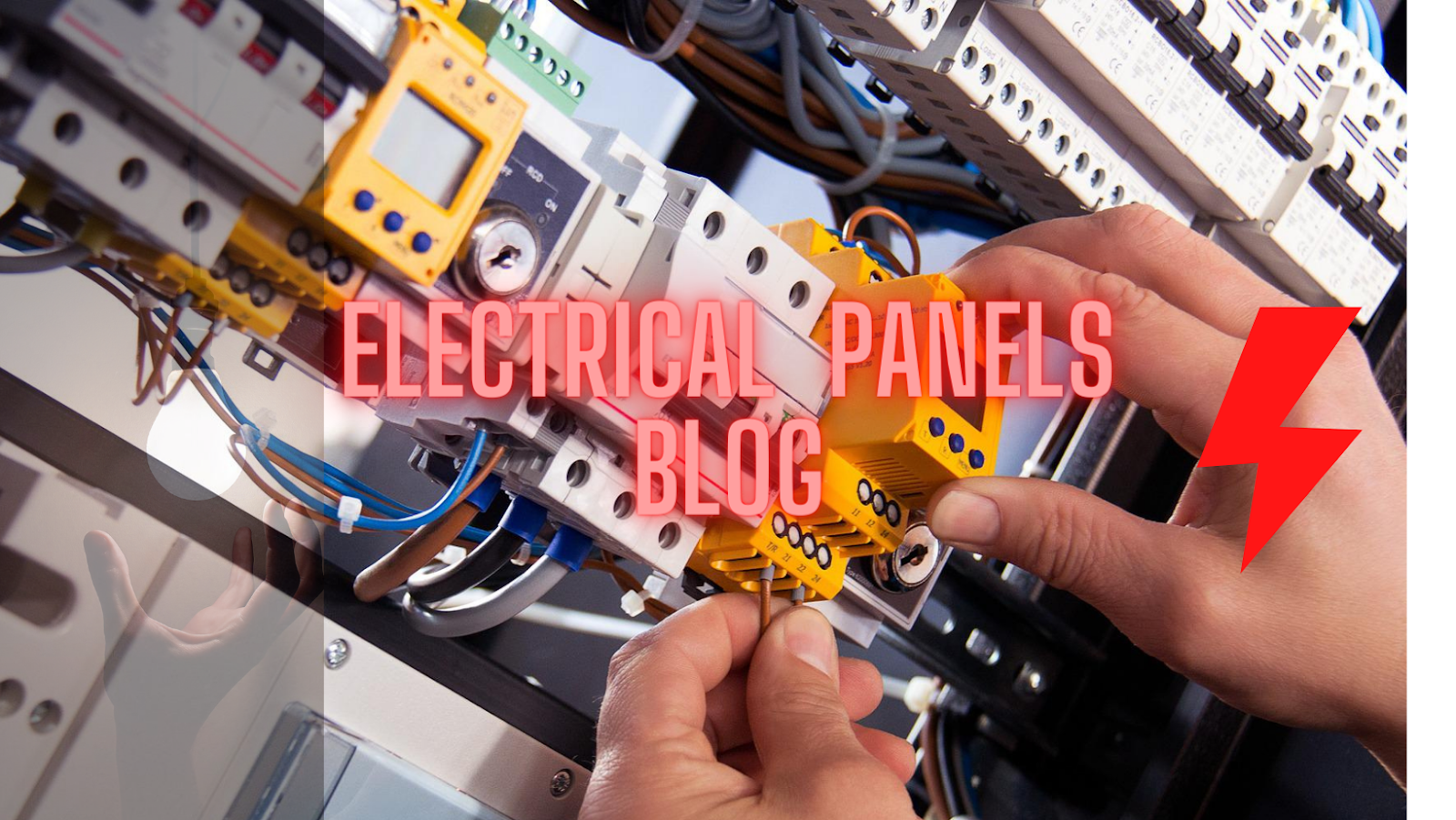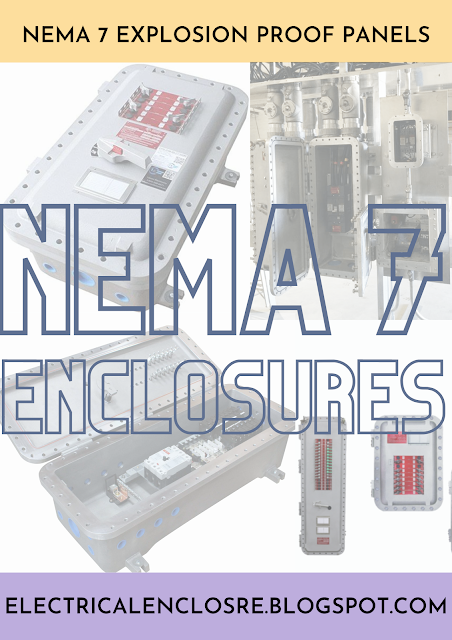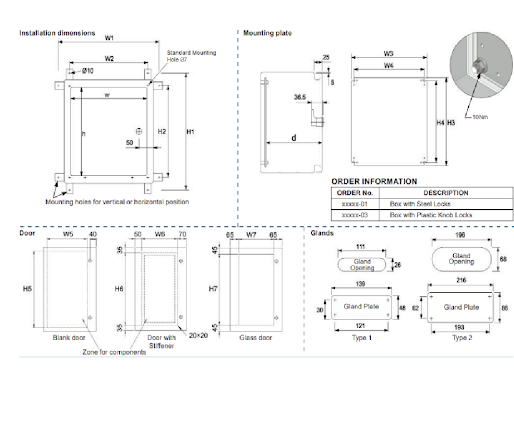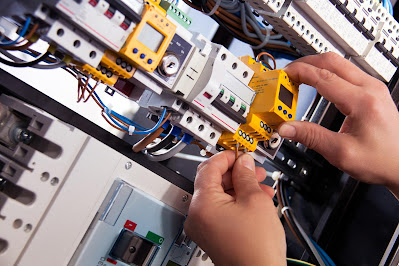"A Comprehensive Guide: Upgrading Your Electrical Service from 100 to 200 Amps"
Introduction:
In today's technologically advanced world, the demand for electricity in homes is higher than ever. If you find yourself frequently tripping breakers or experiencing power shortages, it may be time to consider upgrading your electrical service from 100 to 200 amps. This comprehensive guide will walk you through the steps of this essential home improvement, ensuring a smooth transition to a more robust and efficient electrical system.
Why Upgrade?
Before delving into the upgrade process, it's crucial to understand why upgrading from 100 to 200 amps is necessary. A 200-amp service provides increased electrical capacity, allowing you to meet the demands of modern appliances, electronics, and other power-hungry devices. This upgrade enhances safety, reduces the risk of electrical fires, and accommodates future expansions or renovations in your home.
Step 1: Assess Your Electrical Needs
Begin by evaluating your current electrical usage and needs. Consider the appliances and devices in your home, and factor in any planned additions or renovations. A 200-amp service is ideal for larger homes or those with extensive electrical requirements, such as high-capacity air conditioning systems, electric vehicle chargers, or advanced home automation systems.
Step 2: Obtain Necessary Permits
Electrical upgrades are not DIY projects; they require professional expertise and compliance with local building codes. Contact your local municipality to obtain the necessary permits for the upgrade. Working without proper permits can result in fines and may jeopardize the safety of your home.
Step 3: Hire a Licensed Electrician
Engage a licensed and experienced electrician to carry out the upgrade. A qualified professional will assess your current electrical system, develop a detailed plan, and ensure the installation adheres to local codes and regulations. Working with a licensed electrician ensures the safety and reliability of your upgraded electrical service.
Step 4: Plan the Service Panel Upgrade
The heart of your electrical system is the service panel. Upgrading from 100 to 200 amps involves installing a larger service panel that can accommodate the increased capacity. Your electrician will carefully plan the panel upgrade, ensuring it meets the specifications of your local electrical code.
Step 5: Upgrade Wiring and Circuits
In addition to the service panel, the wiring and circuits throughout your home may need upgrading to handle the increased electrical load. Your electrician will assess the existing wiring, replacing any outdated or inadequate components to guarantee the safe and efficient distribution of electricity.
Step 6: Install a New Main Breaker
The main breaker is a crucial component that protects your electrical system from overloads. With a 200-amp upgrade, a new main breaker will be installed to accommodate the increased capacity. This step is essential for maintaining the safety and reliability of your electrical system.
Step 7: Grounding and Bonding
Proper grounding and bonding are vital for electrical safety. During the upgrade, your electrician will ensure that your home is appropriately grounded and bonded, minimizing the risk of electrical shock and protecting your appliances and electronics.
Step 8: Inspections and Final Approval
Once the upgrade is complete, your local building department will conduct inspections to ensure that the work complies with safety codes and regulations. This final step is crucial for obtaining the necessary approvals and certificates for your upgraded electrical service.
Conclusion:
Upgrading your electrical service from 100 to 200 amps is a significant investment in the safety, efficiency, and functionality of your home. By following these steps and working with a licensed electrician, you can navigate the process smoothly and enjoy the benefits of a more robust electrical system. Don't compromise on safety and reliability—make the upgrade today and future-proof your home for the demands of tomorrow's technology.











.jpg)


.jpg)







